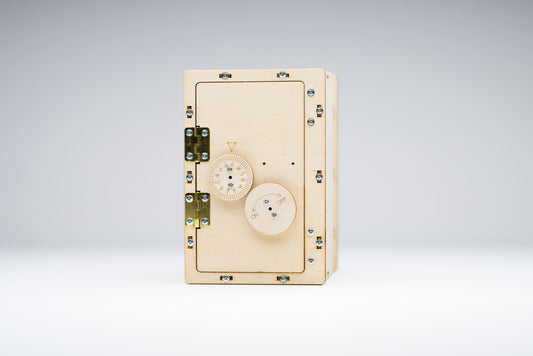Introduction: There's a reason why the egg drop experiment is a classic in science classes around the world. This fun, hands-on activity isn’t just about dropping an egg; it’s a unique way to teach kids about physics and engineering. At YoungInventors, we believe in learning by doing, and what better way to do so than with an egg-citing experiment!
The Science Behind Egg Drop Experiments: The egg drop is a fantastic way to learn about gravity, inertia, and impact force. When the egg falls, gravity pulls it towards the ground. The challenge is to design a contraption that can slow down the fall and cushion the landing. It's all about absorbing the impact – a real-world application of physics principles.
Step-by-Step Guide to Conducting an Egg Drop: Materials: For this experiment, you’ll need eggs, various crafting materials (like straws, cotton, bubble wrap), and your imagination.
Process:
- Gather your materials.
- Design a container or structure that will protect the egg from breaking when dropped.
- Test your design by dropping the egg from a safe height.
- Observe the results and tweak your design as needed.
Safety tips: Always conduct the experiment in an open area and clean up any mess immediately!
Creative Variations for the Experiment: Why not challenge kids of different age groups with specific limitations? For instance, can you design a protective case using only straws and tape? Or how about an egg drop device that’s biodegradable?
Learning Outcomes and Skills Developed: This experiment isn’t just about protecting an egg; it's about nurturing problem-solving skills, creativity, and a practical understanding of physics. It encourages kids to think critically, work in teams, and learn from trial and error.
The egg drop experiment is a wonderful way to bring physics to life. At YoungInventors, we encourage parents and educators to try this experiment with their kids. It’s a fun, interactive way to explore scientific concepts and stimulate young minds. Who knows, this simple experiment might just hatch a lifelong love for science and innovation!




